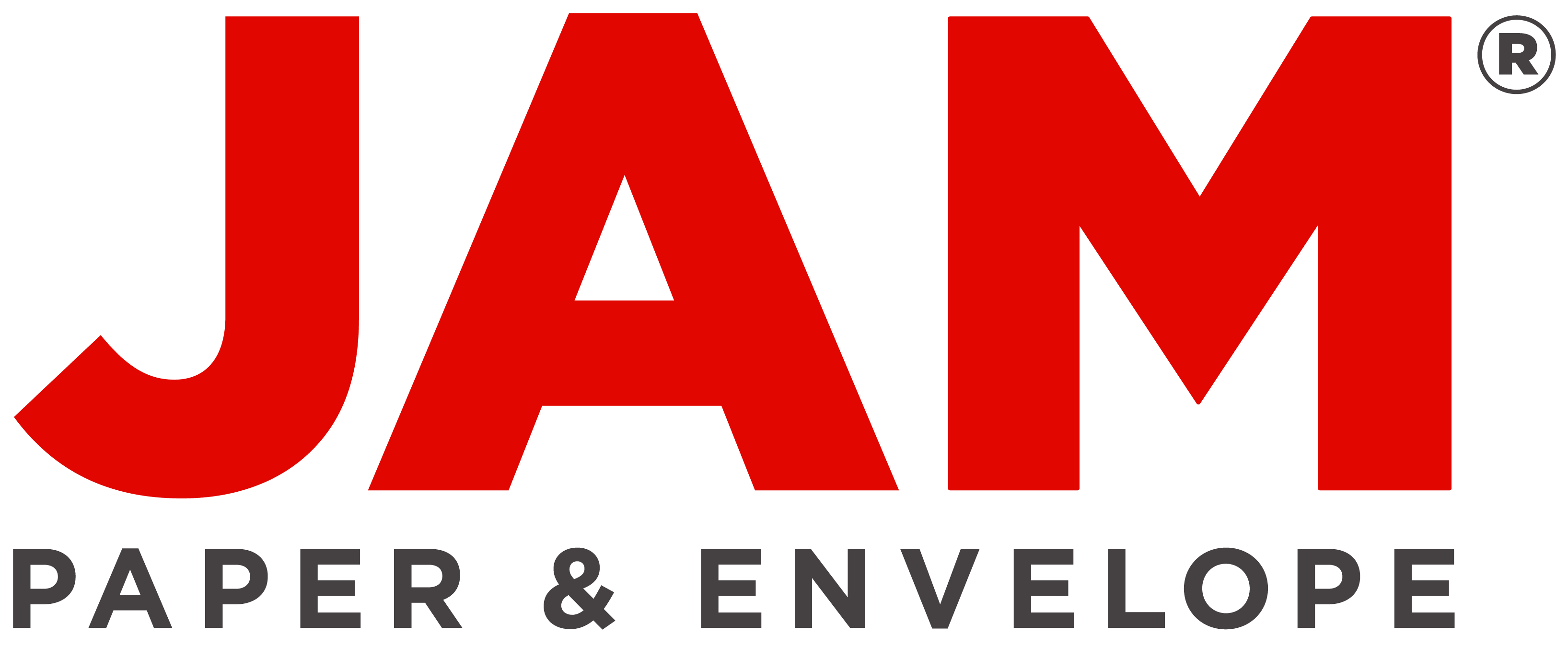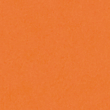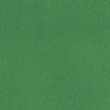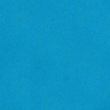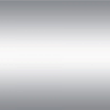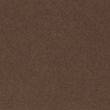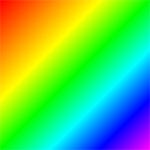Selecting the Perfect Paper for Your Brochure Masterpiece
- By Andrew Jacobs
- Jul 24, 2013
What Paper Should I Use for Brochures?
Whether you're launching a new business, updating loyal customers about a new product or service, reaching out to new clients in different areas, or even organizing community events and school projects, a well-designed brochure can be a powerful tool. The challenge often lies in choosing the right type of paper or cardstock to bring your message to life. If you've ever found yourself pondering, "What paper should I use for brochures?", you're in the right place. We've simplified the process for you, distilling it down to four key factors to consider when creating your own brochure.
PAPER WEIGHT
Paper weight" is a measure of the density and thickness of paper, traditionally expressed in pounds (lbs) or grams per square meter (gsm). It influences the paper's feel, durability, and suitability for various printing purposes. Here are the key differences between paper and card stock.
| PAPER | CARDSTOCK | |
|
THICKNESS/STURDINESS
|
Thinner and more flexible. Think of standard printer paper. |
Thicker and more rigid. Like a postcard or business card. |
|
WEIGHT MEASUREMENT
|
General range of 20-28 lbs (75-105 gsm) |
Typically starts at 50 lbs. |
|
SUITABILITY FOR PRINTING
|
Ideal for documents with a lot of text and standard printing needs. | Better for high-quality prints, invitations, business cards. |
|
APPEARANCE/TEXTURE
|
Uncoated finish suitable for everyday use. | Various finishes, offering a more professional or decorative look. |
|
USAGE
|
Internal documents, flyers, and standard brochures | Preferred for marketing materials, special event notices. |
FINISH
After choosing the thickness of your brochure's paper, the next step is to select the right finish, which refers to the texture and appearance of the paper's surface. Beyond the commonly used glossy and matte finishes, there are several other options to consider, each offering a distinct look and feel. These include metallic and sparkle finishes, gloss finishes and matte finishes, and linen finishes. Each of these finishes can significantly influence the brochure's aesthetic and how your message is perceived.
Glossy
Gloss paper and cardstock has been coated with a compound to give it a smooth, shinny "glossy" appearance that enhances color vibrancy and is great for image-heavy brochures.


Matte
Matte finishes are also coated but without luster or gloss. Giving it an untreated look which offers a more subdued, elegant look with minimal glare, ideal for text-heavy designs.


Metallic
Metallic and sparkle finishes have a shimmering, eye-catching quality, perfect for high-impact marketing materials and invitations.


Linen
Linen finishes bring a touch of sophistication with a subtle, woven texture, adding a tactile dimension to your brochures.


COLOR
The color of your brochure is a pivotal element, a reflection of your message or theme. While business brochures opt for classic white for its professional and clean appearance, don't hesitate to experiment with vibrant hues and textures for a special event or organization brochure. The use of color can be a powerful tool in catching someone's attention. Bright, bold colors can make your material stand out, while softer tones might align better with a subtle, sophisticated approach. Incorporating your brand's color scheme can enhance recognition and association with your clients. For instance, an eco-friendly organization might choose recycled brown Kraft or earthy green tones to echo its ethos. With the abundance of promotional content available, employing a bit of creativity in your color choice can significantly enhance the impact of your brochure.
SIZE
In the realm of brochure creation, the size of the paper plays a crucial role in how your information is presented and perceived. At JAM Paper, three popular paper sizes are perfect for brochure creation: Letter, Legal, and Tabloid. Each of these sizes offers different benefits and constraints, making it essential to choose the one that best aligns with the purpose and content of your brochure.
Letter (8.5″ x 11″): This size is the most popular and is often used for "tri-fold" brochures. Its dimensions make it easy to mail and fit in most brochure racks.
Legal (8.5″ x 14″): Similar to the Letter size but with an extra 3 inches in length, the Legal size is also used for "tri-fold" brochures, offering more space for content.
Tabloid (11″ x 17″): This larger format is typically utilized for half-fold brochures or menus, providing ample space for more extensive information or larger graphics
Now that you have a better understanding of the basics, you can start to create your impressive brochure. Good luck! Head to JAM Paper to brose our large paper and card stock selection!
Choosing the Right Paper for Your Brochure Design
When it comes to creating a stunning brochure, the type of paper you choose can make a significant impact on the overall look and feel of the final product. Selecting the perfect paper for your brochure masterpiece is crucial in conveying the right message to your audience. The weight, texture, and finish of the paper all play a role in how your design is perceived. Understanding the different types of paper available and their unique characteristics can help you make an informed decision that aligns with your branding and design goals. Whether you're aiming for a sleek and professional look or a more tactile and rustic feel, the right paper choice can elevate your brochure from good to great.
Benefits of Choosing the Right Paper
Choosing the right paper for your brochure design offers a multitude of benefits. The right paper can enhance the visual appeal of your brochure, making it more eye-catching and engaging for your target audience. It can also convey a sense of quality and professionalism, leaving a lasting impression on the recipient. Additionally, the right paper choice can complement your design elements, such as colors and images, bringing your vision to life in the most impactful way possible.
Use Cases for Different Paper Types
Different paper types are suitable for various use cases when it comes to brochure design. For example, glossy paper is ideal for vibrant and colorful designs, while matte paper may be better suited for a more understated and elegant look. Understanding the use cases for different paper types can help you make an informed decision based on the specific goals and aesthetic of your brochure project.
Considerations and Alternatives
When selecting the perfect paper for your brochure, it's essential to consider factors such as durability, printability, and cost. Additionally, exploring alternative paper options, such as recycled or textured paper, can add a unique and eco-friendly touch to your brochure design. By weighing the considerations and exploring alternatives, you can make a well-informed decision that aligns with your design vision and budget.
Tips for Using Different Paper Types
Once you've selected the perfect paper for your brochure, there are several tips for using different paper types to achieve the best results. For example, understanding the impact of paper weight on the overall feel of the brochure and considering the readability of text on different paper finishes can help you optimize the design for maximum impact. Additionally, experimenting with paper samples and seeking professional advice can provide valuable insights into the best practices for using different paper types in your brochure design.
Enhancing Your Brochure Design with the Right Paper
Choosing the right paper for your brochure design is a critical step in creating a visually stunning and impactful marketing tool. By understanding the benefits, use cases, alternatives, and tips for using different paper types, you can enhance your brochure design and effectively convey your message to your target audience. The right paper choice can elevate your design from ordinary to extraordinary, leaving a lasting impression and achieving your desired marketing goals.
